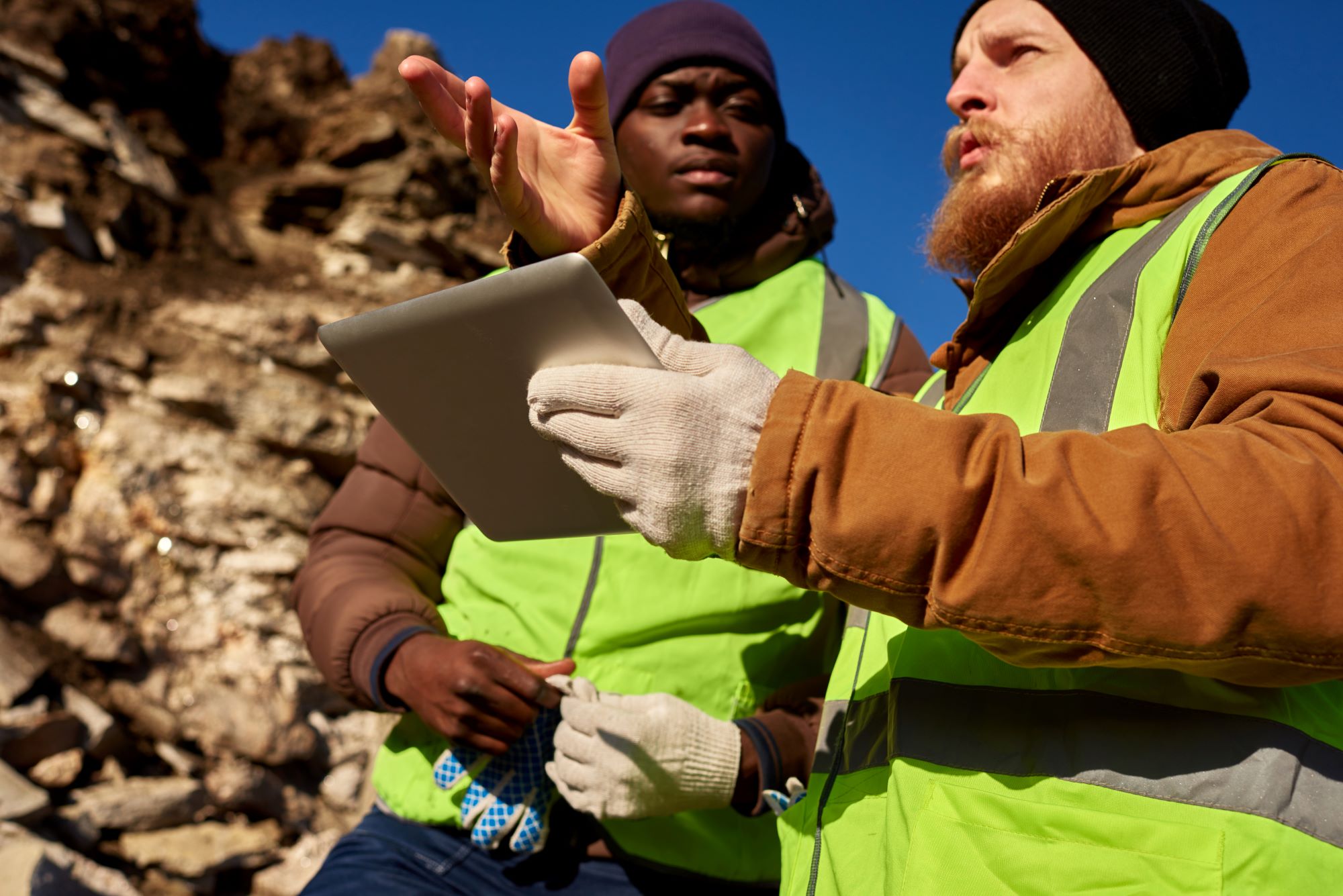Near-miss incidents offer a learning opportunity – if we investigate them. A construction supervisor talks about how they handle near misses at work.

Photo credit: istock.com/SeventyFour
Recently I had a conversation about near misses with a friend of mine, a supervisor on a construction site. I asked her about reporting these incidents, after I’d read about falling materials on construction sites.
“We always report near misses to our joint health and safety committee — often the near misses have the potential to be fatal,” said my friend, who wishes to remain anonymous.
It’s important to investigate near misses
She tells me that when a near miss happens, they find that some or all the risk-control steps had not been taken. Their safety committee explores the event to find what precautions were overlooked. For example, if materials had fallen and narrowly missed workers below, it could have been that a tool fell because it was not tethered, or a control zone might not have been set up properly. A control zone is an area between an unguarded edge of a building and a safe distance of at least 2 metres. It’s set up to prevent workers from entering areas where a fall hazard exists.
Paul Stephens, a manager in Prevention Field Services at WorkSafeBC, echoes the importance of investigating near misses. “Near-miss incidents need to be investigated to the same degree as a serious incident, so that the opportunity to learn from it isn’t lost,” he says.
For more information see WorkSafeBC’s Incident investigations webpage.
Reporting near misses
Some workplaces have an established system to report near-miss incidents within the company. In my post Reporting near-miss incidents at work, I talked with an archaeologist at an engineering company. The company has a “learnings database” on their intranet, where they report near-miss incidents and other safety information. She told me that the reports are addressed by supervisors and the safety committee at their monthly meetings, and sometimes elaborated into “safe work practice” bulletins archived online.
Any serious incident, even one where no one gets hurt, must be also reported to WorkSafeBC (through the toll-free emergency reporting line). For detailed information about when to report an incident to WorkSafeBC, as well as what information you will need to provide, see Reporting incidents to WorkSafeBC.
After a near-miss incident we might say, “Thankfully no one was hurt.” But next time, the slightest change in conditions could lead to an injury or worse. That’s why it’s so important to learn from near misses.


